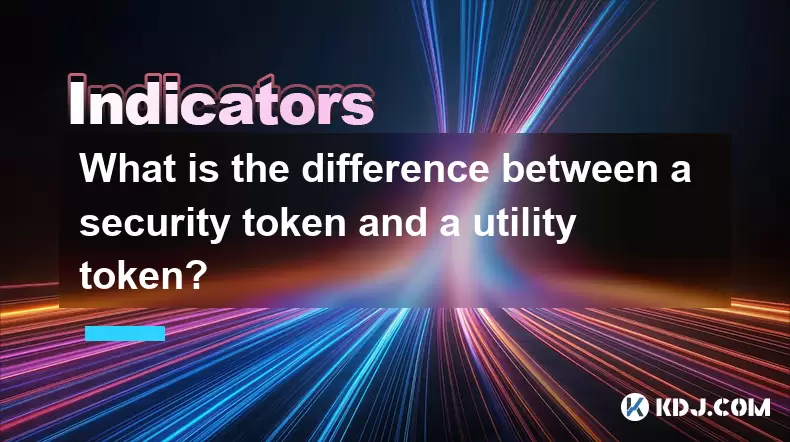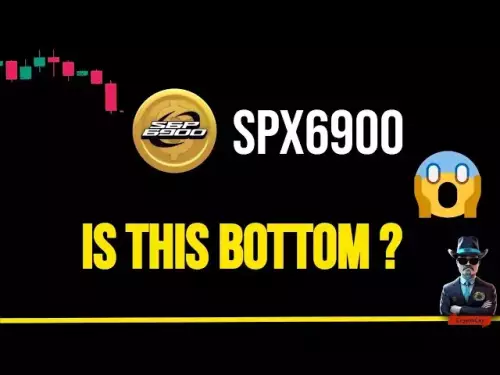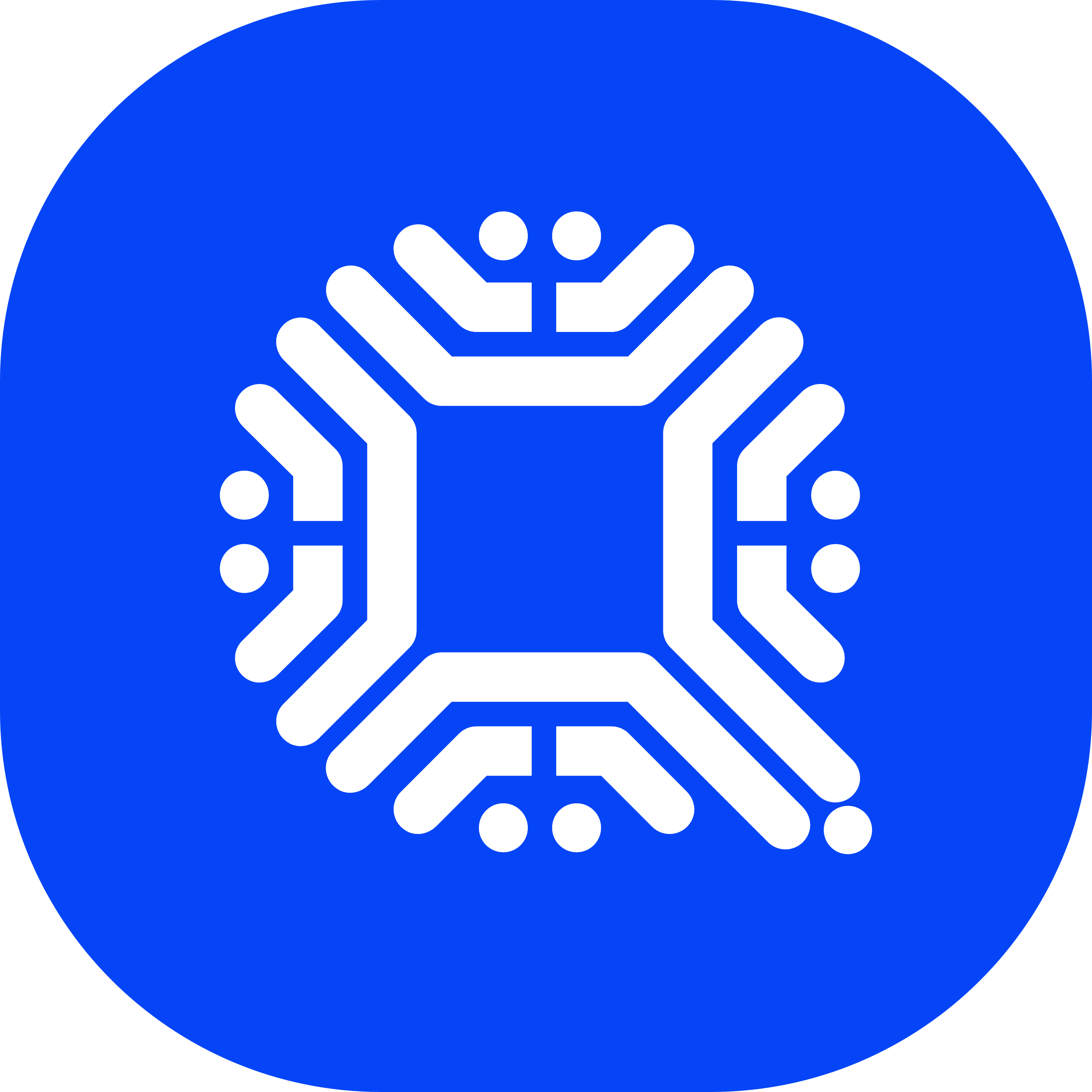-
 Bitcoin
Bitcoin $113100
-1.74% -
 Ethereum
Ethereum $4800
1.16% -
 XRP
XRP $3.041
0.36% -
 Tether USDt
Tether USDt $0.9999
0.02% -
 BNB
BNB $876.6
-0.40% -
 Solana
Solana $205.1
0.96% -
 USDC
USDC $0.0000
0.00% -
 Dogecoin
Dogecoin $0.2345
-0.10% -
 TRON
TRON $0.3629
0.40% -
 Cardano
Cardano $0.9260
1.91% -
 Chainlink
Chainlink $26.20
0.28% -
 Hyperliquid
Hyperliquid $46.04
2.89% -
 Sui
Sui $3.722
0.22% -
 Stellar
Stellar $0.4113
-0.53% -
 Ethena USDe
Ethena USDe $1.000
0.03% -
 Bitcoin Cash
Bitcoin Cash $590.3
0.39% -
 Avalanche
Avalanche $25.82
-0.01% -
 Hedera
Hedera $0.2504
-0.92% -
 Litecoin
Litecoin $119.1
-1.33% -
 UNUS SED LEO
UNUS SED LEO $9.598
0.03% -
 Toncoin
Toncoin $3.315
-1.69% -
 Shiba Inu
Shiba Inu $0.00001308
-1.02% -
 Uniswap
Uniswap $11.06
-2.10% -
 Polkadot
Polkadot $4.149
-1.10% -
 Dai
Dai $1.000
0.03% -
 Aave
Aave $350.7
-1.07% -
 Cronos
Cronos $0.1587
0.97% -
 Bitget Token
Bitget Token $4.664
-0.71% -
 Monero
Monero $274.5
3.42% -
 Ethena
Ethena $0.7021
-4.70%
What is the difference between a security token and a utility token?
Security tokens represent investment contracts with regulatory oversight, while utility tokens provide access to services but not ownership or guaranteed returns.
Aug 10, 2025 at 03:36 pm

Understanding the Core Definitions
A security token represents a digital investment contract in a blockchain-based asset. It is subject to federal securities regulations because it derives value from an external, tradable asset or enterprise. When investors purchase a security token, they typically gain ownership rights, such as equity, dividends, or profit-sharing, similar to traditional financial instruments like stocks or bonds. The key factor that classifies a token as a security is determined by legal frameworks such as the Howey Test in the United States. If a token involves an investment of money in a common enterprise with the expectation of profit primarily from the efforts of others, it qualifies as a security token.
In contrast, a utility token is designed to provide users with access to a product or service within a blockchain ecosystem. These tokens do not represent ownership or equity in a company. Instead, they function like digital vouchers or credits that can be redeemed for specific functionalities within a decentralized application (dApp) or platform. For example, a utility token might allow users to pay for transaction fees, access premium features, or participate in governance decisions. The primary purpose of a utility token is utility, not investment.
Regulatory Implications and Compliance
One of the most significant differences between security tokens and utility tokens lies in their regulatory treatment. Because security tokens are considered financial securities, they must comply with strict regulatory requirements. Issuers must register the offering with financial authorities such as the U.S. Securities and Exchange Commission (SEC) or qualify for an exemption. This includes providing detailed disclosures, financial statements, and investor protections. Failure to comply can result in legal penalties and the forced return of funds.
Utility tokens, on the other hand, are generally not subject to the same level of regulatory scrutiny—provided they do not exhibit characteristics of an investment contract. However, regulators closely examine token sales to prevent projects from disguising security offerings as utility token launches. For instance, if a project promises returns or markets tokens as investment opportunities, even if labeled "utility," it may still be classified as a security token by regulators. This distinction is critical for developers and investors alike.
Functionality and Use Cases
The functionality of security tokens revolves around investment and ownership. They can represent fractional ownership in real estate, shares in a private company, or stakes in revenue-generating ventures. Platforms like Polymath and Securitize specialize in issuing security tokens by ensuring compliance with legal standards. These tokens are often traded on regulated security token exchanges, which require Know Your Customer (KYC) and Anti-Money Laundering (AML) procedures.
Utility tokens serve operational roles within decentralized networks. For example, Filecoin (FIL) is a utility token that allows users to pay for decentralized data storage. Similarly, Chainlink (LINK) enables smart contracts to interact with real-world data sources. These tokens are typically distributed through Initial Coin Offerings (ICOs) or airdrops to incentivize early adoption. Their value is tied to the demand for the underlying service, not investor speculation.
Token Distribution and Investor Rights
When a project issues security tokens, investors receive legally enforceable rights. These may include voting rights in corporate decisions, entitlement to dividends, or a share of liquidation proceeds. The issuer must maintain transparency and often provides regular financial reporting. Smart contracts governing security tokens can embed these rights directly into the blockchain, ensuring automatic enforcement.
Utility tokens usually do not grant such rights. Holders are not entitled to profits or governance unless explicitly designed for it—such as in the case of governance tokens like Uniswap (UNI). However, even governance tokens are often categorized as utility tokens if they are not tied to profit-sharing. The distribution of utility tokens is typically broader and more decentralized, aiming to bootstrap network usage rather than raise capital under securities laws.
Technical Implementation and Blockchain Standards
Both security tokens and utility tokens are built on blockchain platforms, primarily Ethereum, using token standards such as ERC-20 or ERC-1400. While ERC-20 is commonly used for utility tokens, security tokens often require more complex standards that support regulatory compliance. For example, ERC-1400 includes features like investor whitelisting, transfer restrictions, and on-chain verification of accreditation status.
To issue a security token, developers must integrate compliance logic into the smart contract. This involves:
- Implementing whitelist mechanisms to restrict transfers to verified investors
- Embedding transfer locks during holding periods
- Using off-chain identity verification services to confirm investor status
- Ensuring auditability of token movements for regulators
For utility tokens, the technical requirements are simpler. A standard ERC-20 contract may suffice, with functions for:
- Token creation and distribution
- Balance tracking
- Transferability
- Integration with dApps
Common Misconceptions and Legal Gray Areas
A common misconception is that labeling a token as "utility" automatically exempts it from securities regulations. Regulators assess the substance of the offering, not just the label. If a token is marketed with promises of price appreciation or passive income, it may still be deemed a security token regardless of its intended use.
Another gray area involves hybrid tokens that combine utility and investment features. For example, a token that grants access to a service while also entitling holders to a share of platform fees could fall under both categories. In such cases, legal counsel is essential to structure the token properly and avoid regulatory violations.
Frequently Asked Questions
Can a utility token become a security token after launch?
Yes, if the behavior or marketing of the token changes post-launch. For example, if the development team begins promoting the token as an investment with expected returns, or if secondary market trading suggests speculative intent, regulators may reclassify it as a security token.
How can I verify if a token is a security or utility token?
Review the project’s whitepaper, tokenomics, and marketing materials. Look for promises of profit, passive income, or team-driven success—these are red flags for security token classification. Additionally, check if the project has undergone a legal securities review or obtained regulatory approval.
Are governance tokens considered utility or security tokens?
Governance tokens are typically classified as utility tokens if they only grant voting rights on protocol upgrades. However, if voting influences profit distribution or financial decisions, regulators may view them as having security-like characteristics, especially if marketed as investment vehicles.
Do security tokens offer more protection to investors than utility tokens?
Yes, because security tokens are subject to financial regulations, investors receive legal protections such as disclosure requirements, audit rights, and recourse in case of fraud. Utility tokens offer no such guarantees, and investors rely solely on the project’s integrity and performance.
Disclaimer:info@kdj.com
The information provided is not trading advice. kdj.com does not assume any responsibility for any investments made based on the information provided in this article. Cryptocurrencies are highly volatile and it is highly recommended that you invest with caution after thorough research!
If you believe that the content used on this website infringes your copyright, please contact us immediately (info@kdj.com) and we will delete it promptly.
- MAGACOIN Finance: Can This Crypto Presale Deliver Explosive Gains?
- 2025-08-25 09:25:14
- XRP Price, Solana, and Meme Coins: What's Hot in the Crypto Streets?
- 2025-08-25 09:25:14
- Cardano, Bitcoin, and Presales: Navigating the 2025 Crypto Landscape, MAGACOIN FINANCE in Focus
- 2025-08-25 09:30:12
- Hyperliquid, WLFI-USD, and DeFi Equity: A Deep Dive
- 2025-08-25 09:45:22
- BlockDAG: A Layer 1 Solution Thriving in a Volatile Market
- 2025-08-25 10:05:22
- Ripple's RLUSD and Japan's Regulation: A Match Made in Digital Finance Heaven
- 2025-08-25 07:05:29
Related knowledge

What does it mean when the +DI and -DI cross frequently in the DMI indicator but the ADX is flattening?
Aug 11,2025 at 03:15am
Understanding the DMI Indicator ComponentsThe Directional Movement Index (DMI) is a technical analysis tool composed of three lines: the +DI (Positive...

What does the sudden appearance of a "dark cloud cover" candlestick pattern during an uptrend indicate?
Aug 13,2025 at 11:35am
Understanding the 'Dark Cloud Cover' Candlestick PatternThe dark cloud cover is a bearish reversal pattern in technical analysis that typically appear...

What does it mean when the moving average, MACD, and RSI all send buy signals simultaneously?
Aug 11,2025 at 01:42pm
Understanding the Convergence of Technical IndicatorsWhen the moving average, MACD, and RSI all generate buy signals at the same time, traders interpr...

What does it mean when both the KDJ indicator and the RSI show overbought signals simultaneously?
Aug 13,2025 at 11:35am
Understanding the KDJ Indicator in Cryptocurrency TradingThe KDJ indicator is a momentum oscillator derived from the Stochastic Oscillator, widely use...

What does it mean when the price is trading above the SAR indicator but the red dots are densely packed?
Aug 09,2025 at 11:49pm
Understanding the SAR Indicator and Its Visual SignalsThe SAR (Parabolic Stop and Reverse) indicator is a technical analysis tool used primarily to de...

What does it mean when the candlestick chart forms a "Morning Star" but trading volume is sluggish?
Aug 12,2025 at 06:28pm
Understanding the Morning Star Candlestick PatternThe Morning Star is a three-candle bullish reversal pattern commonly observed in cryptocurrency pric...

What does it mean when the +DI and -DI cross frequently in the DMI indicator but the ADX is flattening?
Aug 11,2025 at 03:15am
Understanding the DMI Indicator ComponentsThe Directional Movement Index (DMI) is a technical analysis tool composed of three lines: the +DI (Positive...

What does the sudden appearance of a "dark cloud cover" candlestick pattern during an uptrend indicate?
Aug 13,2025 at 11:35am
Understanding the 'Dark Cloud Cover' Candlestick PatternThe dark cloud cover is a bearish reversal pattern in technical analysis that typically appear...

What does it mean when the moving average, MACD, and RSI all send buy signals simultaneously?
Aug 11,2025 at 01:42pm
Understanding the Convergence of Technical IndicatorsWhen the moving average, MACD, and RSI all generate buy signals at the same time, traders interpr...

What does it mean when both the KDJ indicator and the RSI show overbought signals simultaneously?
Aug 13,2025 at 11:35am
Understanding the KDJ Indicator in Cryptocurrency TradingThe KDJ indicator is a momentum oscillator derived from the Stochastic Oscillator, widely use...

What does it mean when the price is trading above the SAR indicator but the red dots are densely packed?
Aug 09,2025 at 11:49pm
Understanding the SAR Indicator and Its Visual SignalsThe SAR (Parabolic Stop and Reverse) indicator is a technical analysis tool used primarily to de...

What does it mean when the candlestick chart forms a "Morning Star" but trading volume is sluggish?
Aug 12,2025 at 06:28pm
Understanding the Morning Star Candlestick PatternThe Morning Star is a three-candle bullish reversal pattern commonly observed in cryptocurrency pric...
See all articles

























































































